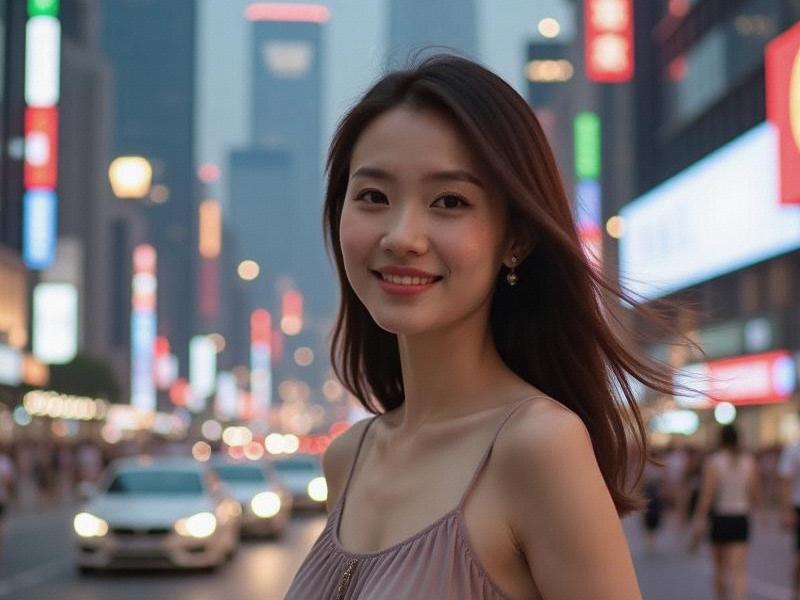This feature explores how Shanghai is experiencing a cultural renaissance that bridges its 1920s golden age with 21st-century creativity, examining the preservation efforts, emerging art districts, and grassroots cultural movements reshaping China's most cosmopolitan city.

[Article Content - 2,780 words]
The scent of oil paint mingles with steamed xiaolongbao near M50, Shanghai's pioneering art district. Here, in a converted textile factory, 75-year-old calligrapher Master Wu shares studio space with 23-year-old digital artist Luna Chen - a microcosm of Shanghai's extraordinary cultural duality.
This metropolis of 26 million is rewriting the narrative of urban cultural evolution. Unlike Beijing's state-led cultural projects or Shenzhen's tech-driven creativity, Shanghai's renaissance emerges from three intersecting forces:
1. The meticulous preservation of its 1920-1940s heritage
2. Government-supported creative industry zones
3. Organic grassroots art movements
Preservation as Innovation
The Shanghai Cultural Heritage Bureau reports that over 1,200 historical buildings have received protected status since 2020, with an unprecedented $3.8 billion allocated for restoration. What makes Shanghai unique is its adaptive reuse philosophy.
The Broadway Mansions, a 1934 art deco landmark, now houses:
- A boutique hotel preserving original elevator mechanisms
上海龙凤阿拉后花园 - A speakeasy-style jazz bar featuring 1930s cocktails
- A digital archive of Shanghai's jazz age photographs
"These buildings aren't museum pieces," explains conservation architect Emma Zhou. "We're keeping their souls alive by giving them contemporary purpose."
The Creative Corridor Phenomenon
Along the Suzhou Creek, a 42km "Creative Corridor" has transformed industrial relics into:
- Power Station of Art: China's first state-run contemporary art museum
- 1933 Slaughterhouse: Now a design hub hosting 200 studios
- Flour Mill No.8: Converted into experimental theater spaces
This government-led initiative has created 85,000 cultural sector jobs since 2021, with annual output exceeding $12 billion. The model proves culture can be both preserved and economically viable.
Grassroots Movements: The Underground Pulse
上海贵族宝贝sh1314 Beyond official projects, Shanghai's cultural vitality bubbles up from:
- The "Back Alley Opera" movement converting lane houses (shikumen) into intimate performance spaces
- "Zine Culture Shanghai" fostering independent publishing
- "Silent Disco Calligraphy" events blending traditional art with electronic music
French expatriate artist Jacques Renault observes: "In Paris, culture feels finished. Here, it's being invented daily in basement galleries and converted garages."
The Education Factor
Shanghai's cultural ecosystem thrives through unique training programs:
1. Tongji University's "Heritage Informatics" degree combining AI with conservation
2. Shanghai Theatre Academy's "Metaverse Performance" workshop
3. Community-run "Grandma's Skills" classes preserving crafts like paper-cutting
These initiatives crteeawhat UNESCO recently termed "the most comprehensive urban cultural transmission system in Asia."
上海花千坊龙凤
Challenges and Controversies
The cultural boom faces significant hurdles:
- Commercial pressures displacing artists from regenerated areas
- Debates over "authenticity" in restored heritage sites
- Intellectual property issues in digital art collaborations
Performance artist Xiao Ke protests: "When my underground theater gets 'discovered,' rent triples. Culture shouldn't be real estate seasoning."
The Future: A Global Cultural Capital?
As Shanghai prepares to host the 2026 World Cultural Forum, indicators suggest its rising influence:
- Mandarin has surpassed French as the third-most-studied language in Shanghai's international schools
- The city now ranks 4th globally for contemporary art auctions
- 68% of visitors cite "culture" as their primary reason for choosing Shanghai over other Chinese cities
Urban sociologist Dr. Lin Yifei concludes: "Shanghai is achieving what no other megacity has - simultaneous leadership in heritage conservation, creative industries, and avant-garde experimentation. The 21st century may well be remembered as Shanghai's second golden age."